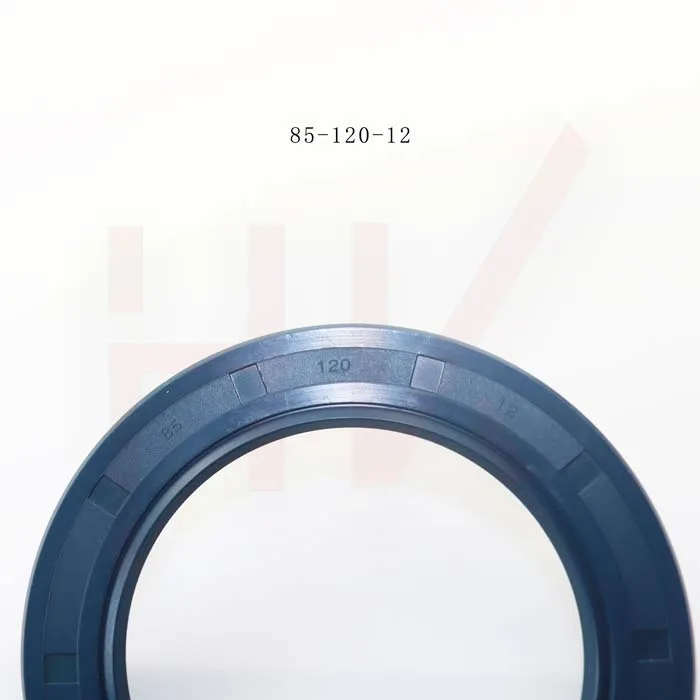Nov . 09, 2024 06:42 Back to list
Rear Hub Oil Seal Replacement and Maintenance Tips for Optimal Performance
Understanding Rear Hub Oil Seal Importance and Maintenance
The rear hub oil seal is a crucial component in various vehicles, especially in heavy-duty machines, trucks, and certain passenger vehicles. It serves the essential function of preventing oil leakage from the rear axle assembly, ensuring that lubricants remain contained within the differential and hub. Understanding the role of the rear hub oil seal, its importance, and how to maintain it can significantly enhance the performance and longevity of your vehicle.
What is a Rear Hub Oil Seal?
A rear hub oil seal is a mechanical seal located at the junction where the axle meets the wheel hub. Its primary purpose is to keep the lubricant contained in the hub or axle assembly while preventing contaminants such as dirt, dust, and moisture from entering. The seal is typically made of rubber or a composite material, ensuring flexibility and durability under various operating conditions.
Importance of the Rear Hub Oil Seal
The importance of the rear hub oil seal cannot be overstated. Here are some critical functions and benefits
1. Preventing Oil Leakage One of the primary functions of the rear hub oil seal is to contain the lubrication within the hub. Oil plays a vital role in reducing friction between moving parts and preventing wear and tear. A failing seal can lead to significant oil loss, which may result in overheating or failure of the axle components.
2. Protecting Against Contaminants By sealing the hub effectively, the oil seal prevents dirt, grime, and moisture from entering the lubrication system. This protection is crucial for maintaining the oil's integrity and ensuring that it can effectively lubricate the moving parts.
3. Reducing Maintenance Costs A well-functioning rear hub oil seal helps in minimizing maintenance costs. By preventing leaks and contamination, the need for frequent oil changes is reduced, and it also lessens the likelihood of severe component failures, which can be expensive to repair or replace.
4. Improving Vehicle Performance With the oil seal performing effectively, the vehicle can maintain optimal lubrication levels. This results in smoother operation, better fuel efficiency, and enhanced overall performance.
Signs of a Failing Rear Hub Oil Seal
Recognizing the signs of a failing rear hub oil seal is critical for timely maintenance. Some common indicators include
rear hub oil seal

- Oil Leaks Puddles of oil or visible leaking around the wheel hub or axle area are direct signs that the oil seal is compromised.
- Reduced Handling Performance A compromised oil seal can lead to oil loss that affects the lubrication of wheel bearings, resulting in poor handling and a noisy ride.
- Increased Noise Worn or damaged seals can allow contaminants in, leading to increased wear on components and producing unusual sounds from the rear axle or wheel hub.
Maintenance Tips for Rear Hub Oil Seal
To ensure the longevity and effectiveness of your rear hub oil seal, consider the following maintenance tips
1. Regular Inspections Periodically check for signs of oil leaks or unusual noises from the rear axle. Early detection can prevent extensive damage.
2. Proper Installation If you are replacing the rear hub oil seal, ensure it is installed correctly. Misalignment can cause premature failure.
3. Use Quality Components When replacing oil seals, always opt for high-quality seals that are compatible with your vehicle model.
4. Routine Lubrication Changes Follow the manufacturer’s recommended schedule for changing lubricants in the rear axle to ensure optimal performance and seal longevity.
5. Consult Professionals If you suspect issues with your rear hub oil seal but are unsure, it’s best to consult a professional mechanic who can accurately diagnose and resolve the problem.
Conclusion
The rear hub oil seal, though a small component in the larger machinery of a vehicle, plays a vital role in its functionality and reliability. By understanding its importance and recognizing the signs of failure, vehicle owners can take proactive measures to ensure their vehicles remain in top condition. Regular maintenance and timely repairs will not only enhance the performance of your vehicle but will also extend its lifespan, saving you both time and money in the long run.
-
Unlocking the Potential of Hydraulic Systems with Essential Sealing Solutions
NewsAug.06,2025
-
Unleash the Power of Your Hydraulic Systems with Our Premium Seal Kits
NewsAug.06,2025
-
Specialized Hydraulic Seal Kits for Breakers, Pistons, and Presses
NewsAug.06,2025
-
Revitalize Hydraulic Systems with Premium Repair and Seal Kits
NewsAug.06,2025
-
Fortify Your Cylinders with Premium Sealing Solutions
NewsAug.06,2025
-
Elevate Hydraulic System Reliability with Specialized Seal Kits
NewsAug.06,2025
-
TCN Oil Seal Metal Ring Reinforcement for Heavy Machinery
NewsJul.25,2025
Products categories
















